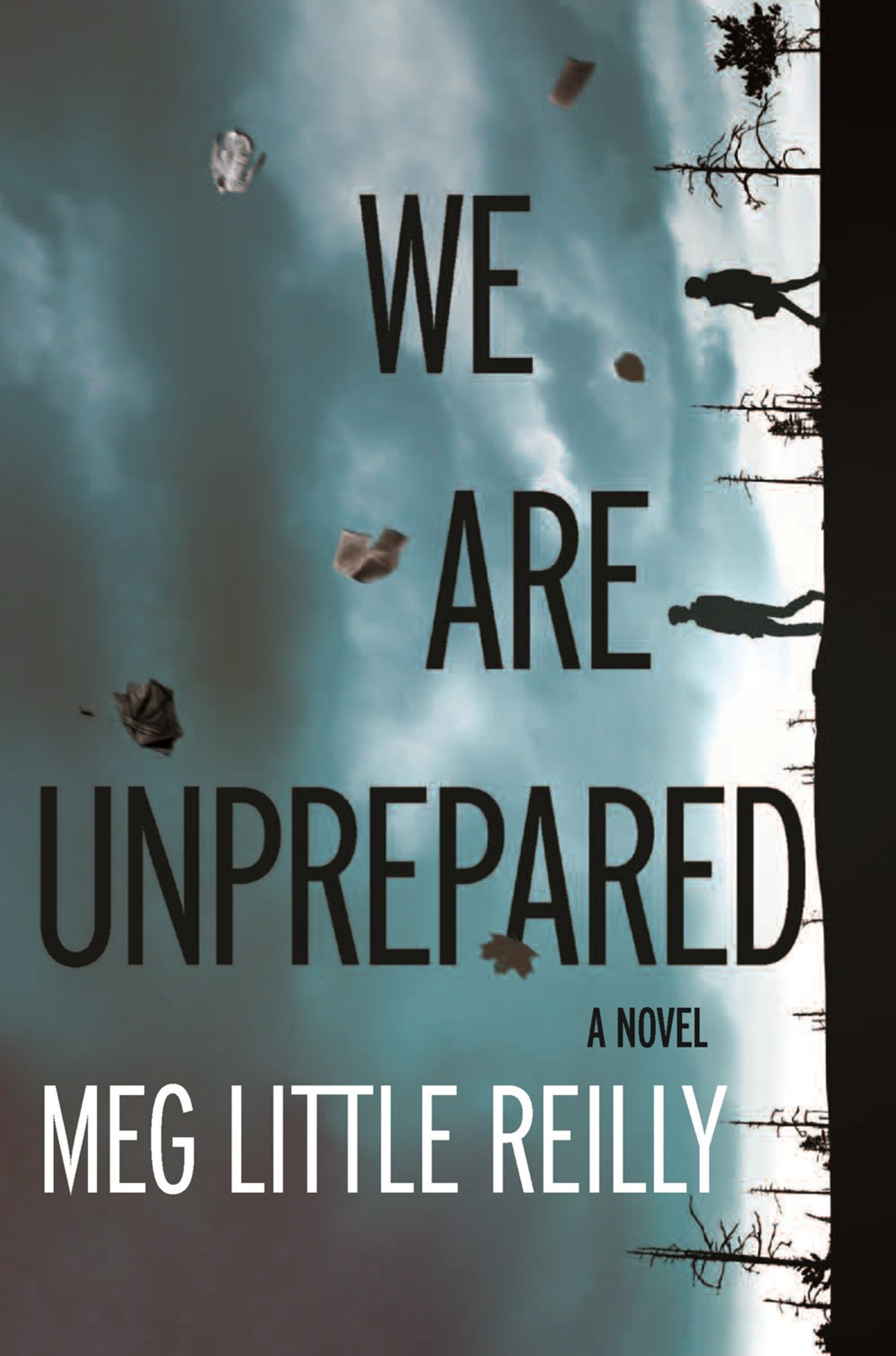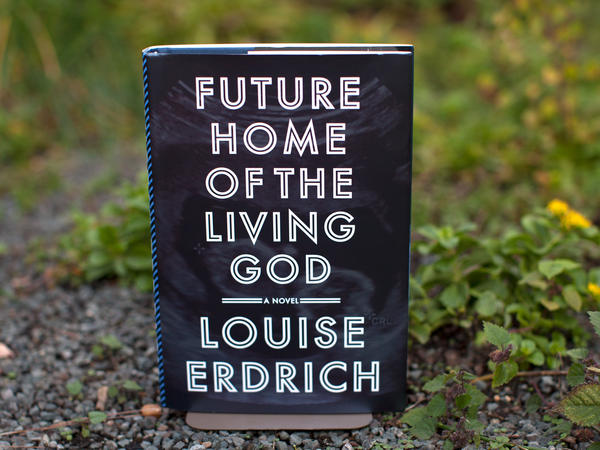
Together, the Pottses own a large gas station called the Superpumper this fact bothers Cedar.Īfter visiting her biological relatives, Cedar goes to a pregnancy check-up and receives her first ultrasound. Sweetie is dating Eddy, a depressed scholar who is attempting to write a book mainly to silence his suicidal ideations. Cedar also meets her half-sister, Little Mary Potts, who is a troublemaker and shares few similarities with her. During the visit, Sweetie successfully petitions the tribe’s council to build a shrine to the Native American Catholic saint, Kateri Tekakwitha. She travels to the Ojibwe reservation outside Minneapolis, and meets the woman, Mary Potts, who goes by “Sweetie.” Cedar is surprised that Sweetie happens to be Catholic like her. Cedar, the adopted daughter of two Buddhist hippies, Sera and Glen Songmaker, decides that it is time to meet the woman who birthed her. The novel begins several years into the reproductive apocalypse. Cedar’s increasing marginalization as a Native American and a pregnant woman represents the negative consequences of taking stability and freedom for granted.

The novel highlights the fragility of human rights and political institutions, criticizing America’s narrative of inevitable progress. Cedar is threatened by one such group when it starts to round up pregnant women for the “protection” of their unborn children. Meanwhile, the United States government has undermined citizens’ rights to bodily autonomy, and radical religious groups try to seize control over human reproduction.

In the novel’s pre-apocalyptic America, human evolution has reversed, meaning that the species has begun to biologically regress into an infertile state. Told by Cedar Hawk Songmaker, a pregnant Native American woman in her mid-twenties living in Minneapolis, the story consists of her reflections as she waits to give birth.


Future Home of the Living God is a 2017 speculative fiction novel by American author Louise Erdrich.


 0 kommentar(er)
0 kommentar(er)
